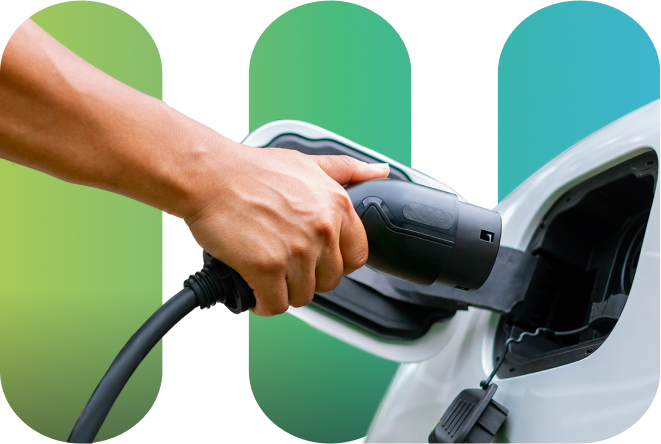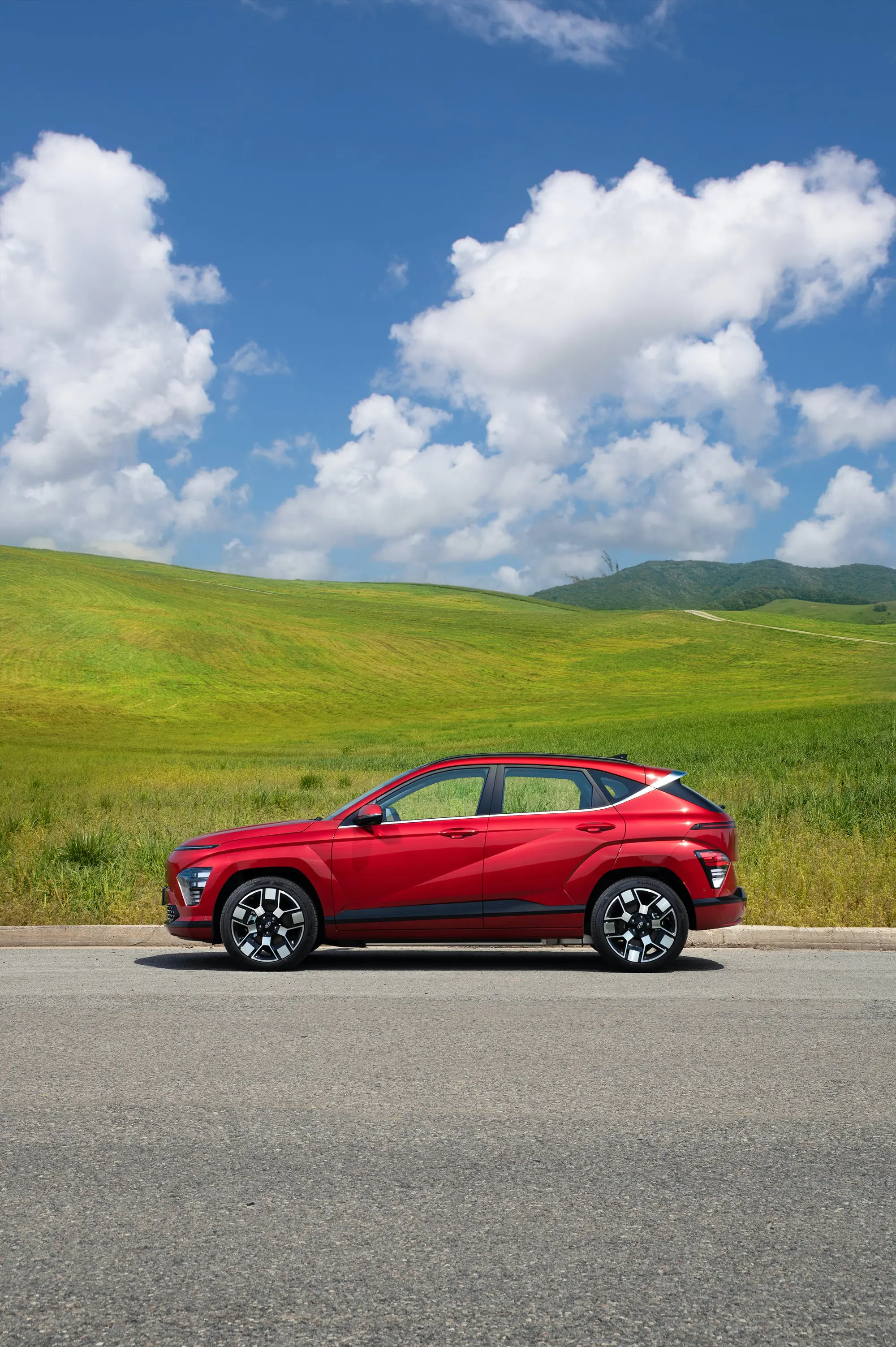Common Problems With the Hyundai Kona EV
The first generation of Hyundai Kona EV is a small urban crossover that was produced from 2017 to 2022. Whether you’re a current owner looking for answers or thinking of buying a Hyundai Kona EV, we can help you understand some of the common issues associated with this vehicle.
Important Reminders
Major battery recalls were issued on early models of the Kona EV, from 2019 to 2020.
Stay well informed by asking your NexDrive professional about ongoing recalls that affect your vehicle.

Battery
Hyundai recalled several batteries on early Kona EV models, from 2019 to 2020 . We highly recommend that you to make sure your Kona EV is up to date on service for all recalls. Keep in mind that it’s important to have the auxiliary 12-volt battery’s life checked, as electrical problems can be common in the Kona EV battery management system. If you notice that your main battery is discharging rapidly, or if you see any electrical system error codes displayed on your dashboard, we recommend that you take your Kona EV to a qualified NexDrive technician who will be able to diagnose the problem correctly.

Brake System
The Hyundai Kona EV offers a regenerative braking system as well as a hydraulic braking system. The Kona EV’s regenerative braking system has three power levels. The maximum level enables you to drive without ever touching the brake pedal, except for emergency stops or when parking. Be cautious about driving without the brake pedal; doing so too often can lead to issues with the traditional brake system. Lack of use can cause the rotors to rust and calipers to seize. A simple way to prevent this is to use the normal brakes from time to time and not rely solely on the regenerative braking system.

Suspension
Regular inspection of suspension components is essential, including inspection of the shocks, struts, control arms, and bushings. Watch for signs of wear, leakage, or damage, and replace worn parts promptly. Check your tire wear and pressure regularly as well, as faulty tire pressure can put extra strain on suspension components and tires to wear unevenly. By keeping up with inspections and maintenance, you can extend the life of your Kona EV’s suspension system and enjoy optimum performance and comfort while driving.
Cabin Filter
Cabin filter replacement is recommended every 20,000 kilometres and is essential to maintain a comfortable environment inside your Kona EV. The cabin filter traps dust, pollen, pollutants, and other airborne particles, ensuring that the air you breathe while driving is clean and healthy. A dirty or clogged cabin filter not only reduces the efficiency of the vehicle’s heating, ventilation, and air conditioning (HVAC) system, but can also lead to poor air quality, unpleasant odours, and respiratory issues for passengers.

Tire
Choosing the right replacement tires for your Hyundai Kona EV is crucial to maximizing performance, range, and safety. Electric vehicles often have significant differences in engine torque and weight distribution compared to conventional vehicles, which can affect tire wear and efficiency. Choosing tires with low rolling resistance helps increase vehicle range. In addition, choosing tires with tread patterns and compounds suited to your climate and driving conditions can improve traction and handling for safety and stability especially considering the instant torque that electric motors provide. Beyond the choice of tires, regular maintenance is essential to ensure optimum performance and longevity. This includes monitoring tire pressure, rotating the tires regularly to promote even wear, and inspecting the tires for signs of damage or wear. When properly maintained, tires not only contribute to the overall efficiency and performance of your Kona EV, but also improve driving safety and comfort.

Steering System
Maintaining the steering system on your Hyundai Kona EV is crucial to ensuring precise handling, responsiveness, and overall safety. You must have your vehicle’s steering components inspected regularly including the power steering system, tie rods, steering rack, and steering column for signs of wear, loose parts, or damage. Keeping the steering system properly aligned ensures that the wheels are pointing in the right direction, which minimizes tire wear and maximizes efficiency. It’s also important to deal promptly with unusual noises, vibrations, or steering difficulties, as these may indicate underlying issues that require attention. By being proactive about inspecting and maintaining your vehicle’s steering components, you can enjoy optimum driving performance and safety on the road.
Tips and Tricks for Your Vehicle
Would you like more information, tips and tricks for your electric or hybrid vehicle?
See Our Resource Centre

